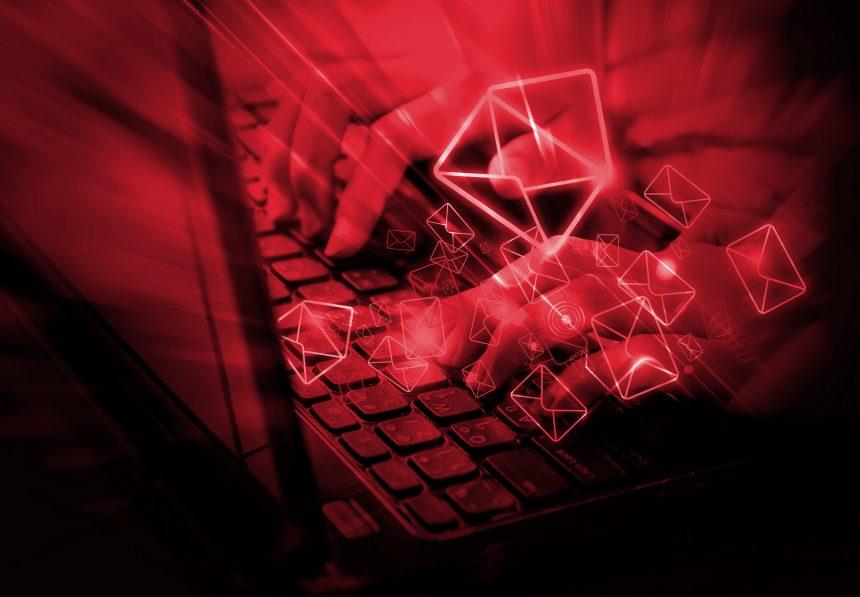Phishing scams are one of the most pervasive threats in today’s digital landscape. They often arrive as seemingly legitimate emails or messages designed to deceive users into revealing sensitive information, downloading malicious software, or visiting fraudulent websites. One such scheme is the DHL Order Details Email Scam, a phishing campaign masquerading as a legitimate DHL communication. This article will detail the nature of phishing scams, dissect this particular threat, and provide actionable steps to remove associated malware and prevent future attacks.
Download SpyHunter Now & Scan Your Computer For Free!
Remove this and many more malicious threats to your system by scanning your computer with Spyhunter now! It’s FREE!
The DHL Order Details Email Scam Explained
This specific phishing scam poses as an email from DHL, a global courier company, claiming to provide information about a pending shipment.
Details of the Scam
- Sender Email Address: The fraudulent email originates from
office@fette-ag.com. - Email Content:
- It urges recipients to review “shipment details” attached as a file.
- The attachment contains a malicious Microsoft Word document with embedded macros.
- If opened and macros are enabled, the document downloads and executes malware onto the victim’s device.
- Purpose: The ultimate goal of this scam is to install malware that can steal sensitive information, monitor user activity, or provide unauthorized access to the system.
Common Scenarios Leading to This Scam
- Users anticipating a genuine DHL delivery may be deceived by the email’s subject line.
- The urgency implied in the message encourages recipients to act without scrutiny.
- The email’s attachment is disguised as legitimate documentation, further enhancing its credibility.
Similar Phishing Threats to Be Aware Of
- FedEx Invoice Scams: Fake emails claiming pending invoice details.
- PayPal Account Access Alerts: Fraudulent warnings about suspicious account activity.
- Banking Notification Phishing: Emails mimicking banks, prompting users to verify accounts.
Comprehensive Removal Guide for Associated Malware
If you’ve interacted with the DHL phishing email or downloaded its attachment, follow these steps to secure your system and remove malware:
Download SpyHunter Now & Scan Your Computer For Free!
Remove this and many more malicious threats to your system by scanning your computer with Spyhunter now! It’s FREE!
Step 1: Disconnect from the Internet
- Disconnect your device from the internet immediately to prevent further data transmission.
- If on a network, isolate the infected device to limit potential spread.
Step 2: Boot into Safe Mode
- Windows: Restart your computer and press F8 or Shift + Restart during boot. Choose Safe Mode with Networking.
- Mac: Restart while holding down the Shift key until the login screen appears.
Step 3: Scan with Anti-Malware Software
- Download and install SpyHunter Anti-Malware.
- Run a full system scan to detect and identify malicious files.
- Follow the software’s recommendations to quarantine or remove the threats.
Step 4: Manually Remove Suspicious Files
For advanced users, manually locate and delete suspicious files:
- Open Task Manager (Ctrl + Shift + Esc) and end processes associated with unknown programs.
- Navigate to these directories and delete suspicious files:
C:\Users\[Your Username]\AppData\Local\TempC:\ProgramDataC:\Users\[Your Username]\Downloads
Step 5: Check Browser Settings
Reset browser settings to remove unauthorized extensions or changes.
- Chrome: Settings > Reset and Clean Up > Restore settings to their original defaults.
- Firefox: Help > Troubleshooting Information > Refresh Firefox.
- Edge: Settings > Reset Settings > Restore settings to their default values.
Step 6: Update All Software
Ensure your operating system, browser, and installed applications are updated to the latest versions to patch vulnerabilities.
Preventing Future Scams
- Verify Sender Details: Always check the sender’s email address and domain. Legitimate companies will not use unrelated or generic domains.
- Avoid Clicking Links or Opening Attachments: Never interact with unexpected attachments or links, especially from unknown senders.
- Enable Two-Factor Authentication (2FA): Add an extra layer of security to your online accounts.
- Educate Yourself: Familiarize yourself with phishing tactics to spot and avoid them.
- Install Anti-Malware Software: Keep SpyHunter Anti-Malware active on your system to detect and block threats in real time.
Conclusion
The DHL Order Details Email Scam is a reminder to stay vigilant against phishing threats. By understanding its mechanisms and following the removal and prevention steps outlined, you can safeguard your devices and personal information. Use tools like SpyHunter Anti-Malware to protect your system proactively. Download SpyHunter today to scan your computer for free and ensure a malware-free environment.
Text Presented in the “DHL Order Details” Email Letter:
Best regards,
DHL Customer Service
Subject: DHL Shipment Notification – Order Details and Tracking Information
DHL Order Details
Dear Customer,
We are pleased to inform you that your order has been processed and is ready for shipment. Below are the details of your order:
Order Number: #6682082024
Estimated Delivery Date: November 20, 2024
To track your order status and view detailed information, please follow the link below to login to your account:
Track Your Order
Thank you for choosing DHL!




